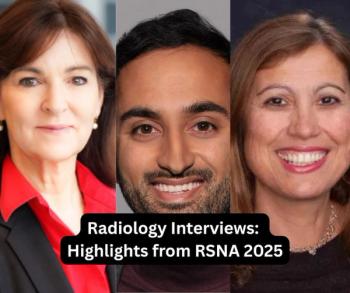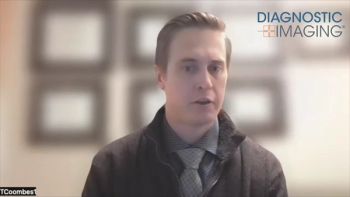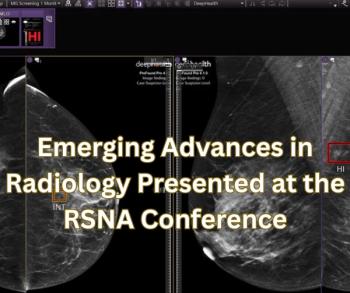
SCAR embarks on PACS administrator certification
The Society for Computer Applications in Radiology has taken the first steps toward establishing a PACS administrator certification program. The announcement has provoked a complicated dialogue between several organizations regarding the best approach to providing PACS certification, including one that already offers certification for analysts and administrators.
The Society for Computer Applications in Radiology has taken the first steps toward establishing a PACS administrator certification program. The announcement has provoked a complicated dialogue between several organizations regarding the best approach to providing PACS certification, including one that already offers certification for analysts and administrators.
The PACS administrator initiative was first discussed in June at the SCAR meeting in Orlando, where an organizational and information-gathering forum drew a standing-room-only crowd. Following the session, about 100 people volunteered to craft a certification program for PACS professionals, according to Anthony Seibert, Ph.D., chair of the new certification committee.
"The committee is looking at all of those imaging informatics issues that affect the entire medical enterprise," he said. "We're totally open. It's very similar to how SCAR handles its membership, which welcomes anyone with an interest in imaging informatics."
SCAR officials have begun preliminary talks with the American Registry of Radiologic Technologists and the American Healthcare Radiology Administrators organizations. The ARRT has also been communicating with the Aubrey, TX-based PACS Administrators in Radiology Certification Association (PARCA), which already has a PACS certification program, said Jerry B. Reid, executive director of the ARRT.
PARCA, established in January 2004, offers three certification exams: a certified PACS interface analyst exam, a certified PACS system analyst exam, and a third exam for certified PACS managers.
"It appears that the creation of PARCA has accelerated SCAR's certification initiative, which may result in another certification organization, but this isn't necessarily a bad thing," said Herman Oosterwijk, a member of the organization's advisory board. "There are precedents in this industry where more than one certification has been established."
PARCA is seeking recognition from the ARRT, AHRA, and the Healthcare Information and Management Systems Society. It is also in communication with SCAR, according to the organization's Web site (www.pacsadmin.org).
The SCAR PACS certification committee, which includes radiologists and technologists, mirrors the organization's PACS certification initiative, Seibert said.
"In creating the PACS administrator certification committee, we had the same direction and the same guiding principle. We discussed how we will be developing the examination and how to keep it separate from the educational courses we offer at SCAR," he said. "There will be no bias in the examination toward our educational content. We want to keep both areas separate."
The framework for the SCAR PACS administration certification is based on the behavioral, technical, and business competencies of PACS administration that apply both within and outside the radiology department, said Anna Marie Mason, SCAR executive director. The certification will be applicable for health information professionals in departments throughout the digital medical enterprise. The first exam date is set for the fall of 2006.
SCAR has also announced plans to develop an ad hoc PACS administration advisory committee, open to society members and volunteers, to develop educational content and provide input into the certification process.
Program design and development will be based on the gold standards of the National Organization for Competency Assurance and the American National Standards Institute, according to the initiative's organizers.
It remains to be seen whether the ARRT will develop another PACS certification program.
"After we finish talking with SCAR, ARRT's board will decide whether our best approach would be to collaborate with other national organizations that already have certification programs or directly develop one of our own, although we would hate to duplicate efforts. We would love to work with other national organization to provide PACS certification opportunities for technologists," Reid said.
Newsletter
Stay at the forefront of radiology with the Diagnostic Imaging newsletter, delivering the latest news, clinical insights, and imaging advancements for today’s radiologists.




























